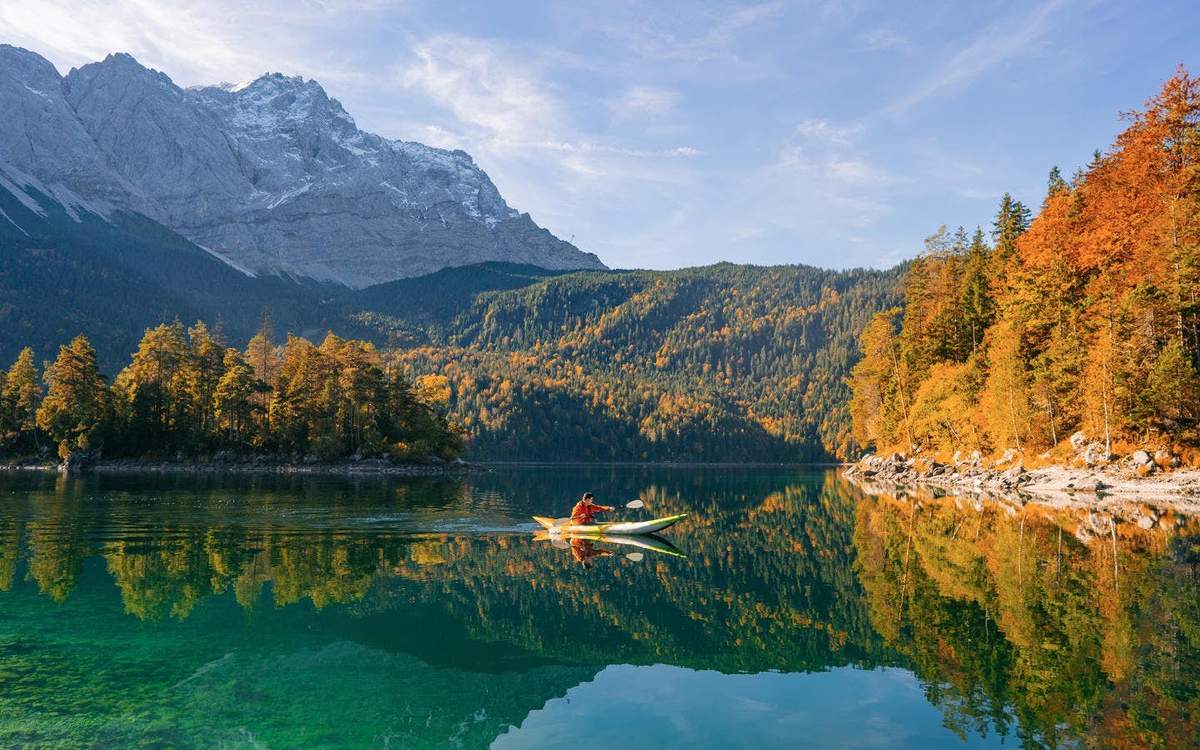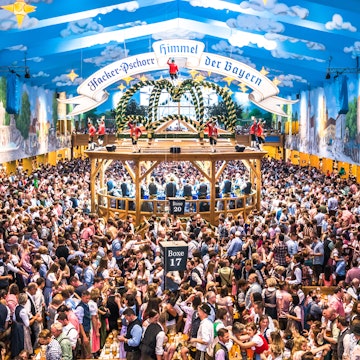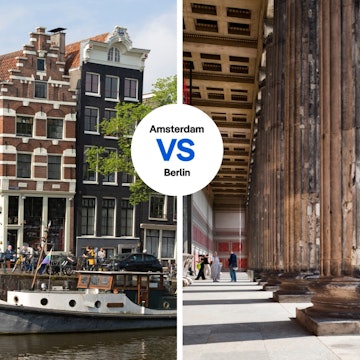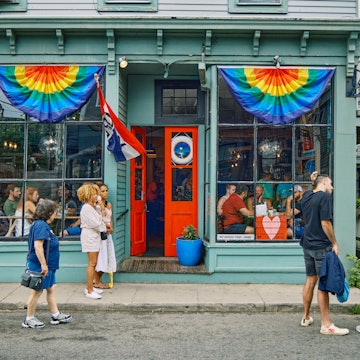
Explore the world of Netflix's Unorthodox in Brooklyn and Berlin

Apr 29, 2020 • 5 min read

Amit Rahav and Shira Haas as Yanky and Esther in Unorthodox © Anika Molnar/Netflix
Netflix’s Unorthodox premiered in late March, and its captivating portrayal of a young Hasidic woman’s conservative upbringing in Brooklyn and her subsequent escape to – and reinvention in – Berlin was instantly transporting. A four-part miniseries based in part on a memoir by Deborah Feldman, the show revolves around the character of Esther Shapiro and her journey of self-discovery, but the two cities play a major role as well, pulling back the curtain on Williamsburg’s insular, ultra-religious Satmar sect and reveling in the freedom and new beginnings that Berlin represents.
“We are seeing both Brooklyn and Berlin through Esty’s eyes,” Unorthodox co-creator and executive producer Anna Winger tells Lonely Planet. “The production design – created by the very talented Silke Fischero – on both sides of this story is expressionistic.”
The show’s 50-day shoot began in Germany, where Feldman, Winger, and co-creator Alexa Karolinski all live, filming in neighborhoods across the capital city before heading to New York for the exteriors. Esty’s wedding takes place in Brooklyn, but it was filmed in a Palestinian wedding hall north of Berlin, while the café where she meets her first musician friend is a local favorite. “The coffee shop is a real one, the Barn—they make the best coffee in Berlin,” Winger says.
Here are a few more locations you'll recognize from the show.
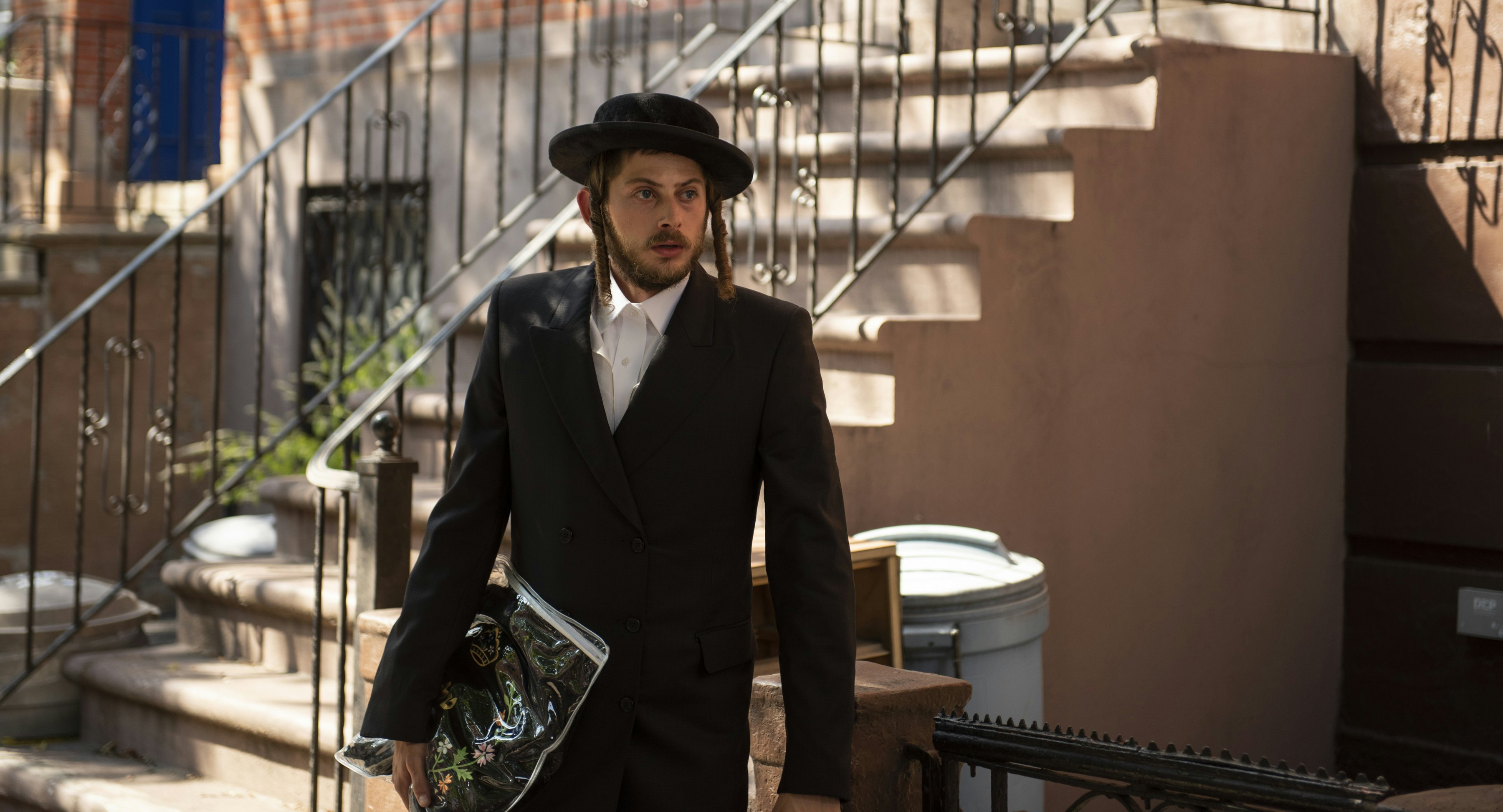
1. Williamsburg, Brooklyn
Williamsburg may have a reputation as a hipster hub, but this part of north Brooklyn is also known for its Hasidic enclaves, including Unorthodox’s Satmar sect. Though the two cultures overlap geographically, the bars, restaurants, and boutiques on Bedford are practically a world away from the Jewish bakeries and kosher meat markets of Lee Avenue.
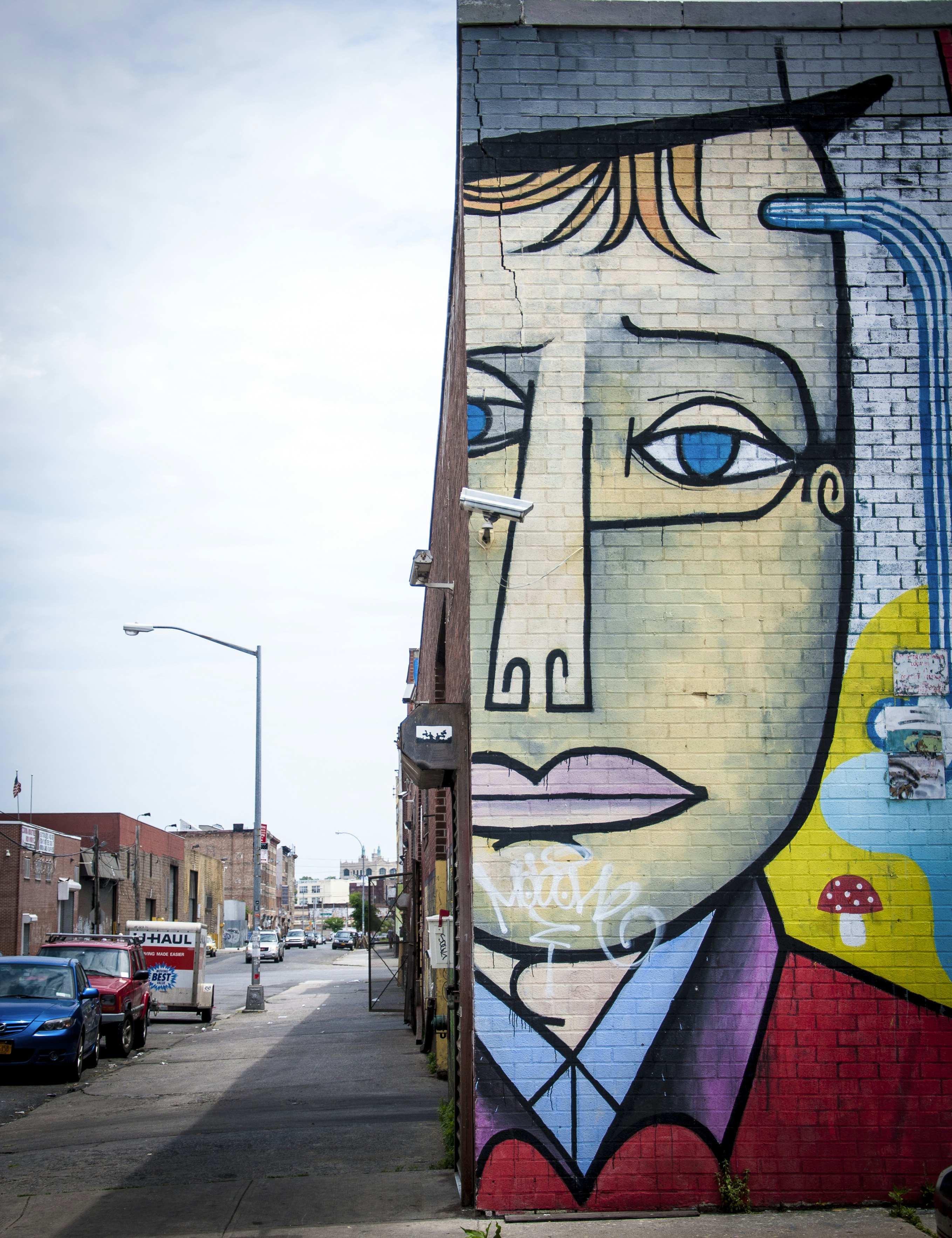
To follow in Esty’s footsteps, opt for a leisurely stroll away from those main drags and the scenery should look familiar. “We chose most of the exteriors of key locations in Brooklyn first and built the interiors to match in Berlin,” Winger says.

2. West Berlin
To 19-year-old Esty, Berlin represents a fresh start, and the show’s creative team chose locations that would echo that feeling visually, shooting primarily in Kreuzberg, a dynamic neighborhood full of eclectic eateries, bars, and shops, but also in Schöneberg, Charlottenburg, Wannsee and around Potsdamer Platz, a historic city quarter that was revitalized in the 1990s thanks to architectural contributions from Renzo Piano and Helmut Jahn.

“When we were looking [for] locations in Berlin, we wanted to emphasize color and light, non-linear shapes and a kind of open feeling,” Winger says. The team was particularly drawn to “special fanciful architecture” like the buildings around the ‘60s-style venue Berlin Philharmonie, she adds, like the Musikinstrumenten-Museum, which serves as the stand-in for the music academy where Esty meets her new cohort, and the outré ‘80s facade of the Hinrich Baller apartment building on Winterfeldtplatz, where Esty’s mother lives. “We wanted to explore spaces and non-linear architecture on the west side of the city, which is seen less on film,” Winger says.

3. East Berlin
Though most of the Berlin shoot took place in the former west, scenes from the show’s third installment were also filmed on the city’s east side. Esty’s estranged husband and his cousin take a break from their search for the runaway bride with a visit to Weissensee, Europe’s biggest Jewish cemetery and the resting place for more 115,000 people.
Later, Esty is job-hunting when she overhears a choir singing at the Zionskirche and finds herself drawn inside to listen. Formerly a meeting place for both Nazi and East German opposition, today the church hosts a permanent exhibit on site, and on Sundays, its tower is open to the public for a nominal fee, offering expansive city views for those willing to climb the 104 steps to the top.

4. Wannsee lake
Located on the southwestern outskirts of Berlin, Wannsee lake – really an inlet in the Havel River – is a beautiful place to escape the city, with forests for exploring, beaches for lounging, and fresh water for swimming. The picturesque waterfront is also home to several historically important sights, chief among them Haus der Wannsee-Konferenz, the villa where Nazi officials arranged the details of the ‘Final Solution.’ It’s now a memorial, with an exhibit hosted in the very rooms where those conversations took place.

The lake and the villa both make an appearance in Unorthodox’s first episode, when Esty and her new friends make a trip to the beach. She stands watching in her Hasidic garb as they strip down to their swimsuits and sprint towards the water, eventually wading in, still fully clothed, before pulling off her wig and submerging herself entirely.

“I have always loved a silent Billy Wilder film from 1930 called People on Sunday,” Winger says. “It shows the city at leisure and culminates with a trip to Wannsee for a swim. The film plays in a loop at the Jewish museum here, a monument to lost innocence. I wrote the Wannsee scene as an homage to that film. So the choice of that location was very deliberate.”
“We’d talked a lot about the experience of being Jewish in Germany, and how there are common themes throughout,” Winger told the Guardian of her conversations with Feldman. “Dislocation, a reason for coming, grappling with history, the metropolitan New York-ness of Berlin... I’ve lived here now for 17 years, and I think that one of the things that makes the city really striking is how layers of history exist simultaneously."





